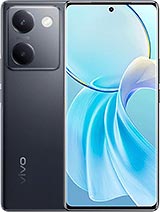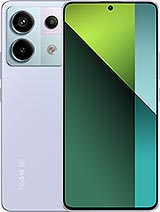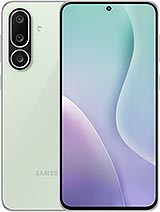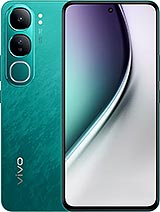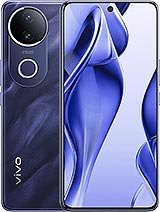Oppo F29 alternatives
Tap above to see alternatives.
Vivo V50e alternatives
Tap above to see alternatives.
4x2.2 GHz Cortex-A78
4x1.8 GHz Cortex-A55
4x2.5 GHz Cortex-A78
4x2.0 GHz Cortex-A55
8GB 256GB (UFS 3.1)
8GB 256GB (UFS 2.2)
f/1.8, 27mm (wide), 1/2.88", PDAF
2 MP
f/2.4, (depth)
f/1.8, (wide), 1/1.95", 0.8µm, PDAF, OIS
8 MP
f/2.2, 116˚ (ultrawide)
1080p@30/120fps
1080p@60fps
f/2.4, (wide)
f/2.0, 22mm (wide), 1/2.76", 0.64µm, AF
1080p@60fps
SIM1: Nano, SIM2: Nano
SIM1: Nano, SIM2: Nano
FDD: N1, N3, N5, N8, N28
TDD: N40, N41, N77, N78
FDD: N1, N3, N5, N8, N26, N28
TDD: N40, N77, N78
FDD: N1, N3, N5, N8, N28
TDD: N40, N41, N77, N78
FDD: N1, N3, N5, N8, N26, N28
TDD: N40, N77, N78
In this comparison, the Vivo V50e with the Mediatek Dimensity 7300 (4nm) performs better than the Oppo F29 with the Qualcomm Snapdragon 6 Gen 1 (4nm), thanks to its more efficient chipset.
The Vivo V50e offers 3 years of OS updates, while the Oppo F29 provides 2 years. When it comes to security updates, Vivo V50e leads with 4 years of support.
Both phones feature AMOLED displays. They have the same 120 Hz refresh rate. Vivo V50e also has a brighter display with 1800 nits, improving outdoor visibility. These phones have the same resolution.
Oppo F29 has a larger 6500 mAh battery for longer usage. Vivo V50e supports faster wired charging at 90W.
Both phones have the same IP69 rating for water and dust resistance.

